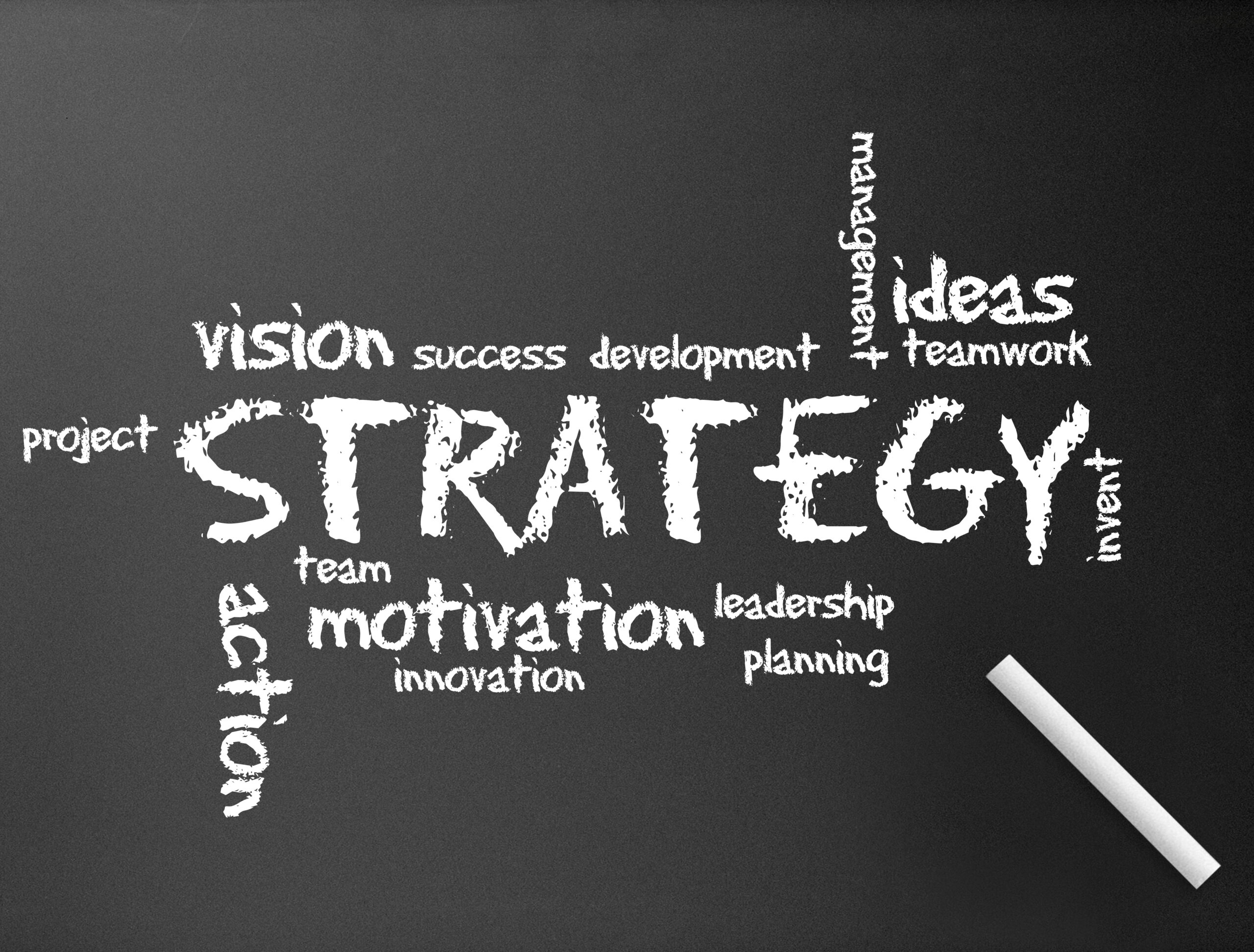
Welcome to Identifying Your Ideal Customer – Part 6 of our series on The Power of Strategic Planning.
Introduction:
A significant portion of your strategic plan will be focused on marketing, pinpointing your ideal customer, and comprehending their pain points. In part 6 of this series, we will delve into the art of identifying your ideal customer and gaining a deep understanding of their pain points, both of which are essential for crafting compelling marketing messages. With the number of ads American’s are exposed to each day (between 6,000 and 10,000) it only makes sense to make sure this part of your plan is rock solid.
Step 1: Defining Your Ideal Customer
The foundation of any effective marketing campaign is a crystal-clear definition of your ideal customer. This involves creating detailed buyer personas or profiles that represent the individuals you are targeting. Consider these key elements when defining your ideal customer:
- Demographics: Start with the basics, such as age, gender, location, and income. These fundamental characteristics serve as your starting point.
- Psychographics: Delve into their lifestyle, values, interests, and behaviors. What drives them? What are their hobbies? What are their core values and motivations?
Step 2: Research Your Audience
To build accurate and meaningful buyer personas, you must conduct thorough research. Here are some valuable research methods to consider:
- Surveys and Questionnaires: Gather insights directly from your existing customers or prospective audience through surveys and questionnaires. This is also a great way to build out your marketing list to be used during the launch of your marketing campaign. We will discuss this in Part 7 of this series.
- Social Media Listening: Monitor social media platforms to discern the topics and issues that resonate with your potential customers. The best way to get exposed to your potential customers is to engage with them on social media sites of competitors or industry influencers. By being active on feeds that already have large numbers of followers you can really discern the problems this audience needs solutions to and craft a solution that will give them what they are looking for.
- Competitor Analysis: Study your competitors to gain insights into their customer base and discover any unmet needs or underserved pain points. Read the reviews and look for opportunities to do it better.
Step 3: Understanding Your Ideal Customers Pain Points
Understanding the pain points of your ideal customer is paramount in creating a marketing strategy that truly connects. What is the problem they currently have that they need solutions for? Here’s how to gain insight into their challenges:
- Surveys and Interviews: Conduct surveys or one-on-one interviews to probe deeper into the specific problems or challenges your ideal customers encounter in their lives or work. LinkedIn and other social media platforms allow direct polling that can be very helpful when testing potential solutions to a problem.
- Customer Feedback: Pay close attention to feedback from your current customers and that of your competitors. What issues or concerns do they frequently raise?
- Online Forums and Communities: Explore relevant online forums and communities where your target audience congregates. Analyze discussions and comments to uncover recurring pain points. Alignable is the perfect place to ask direct questions of a target audience or listen to the questions asked by others. Local Mom groups and community forums like Next Door often provide great feedback on what people are having issues with or need solutions too.
- Keyword Research: Use keyword research tools like Spyfu or Google to identify the most common search queries related to your industry or niche. These queries often reflect the pain points people are seeking solutions for.
Conclusion:
Identifying your ideal customer and gaining insight into their pain points form the bedrock of a successful marketing strategy which we will cover in more detail in part 7 of this series. When you deeply understand the challenges and issues that your target audience faces, you can tailor your offerings and marketing messaging to offer genuine solutions that resonate with them. This understanding is a dynamic process that evolves as your audience’s needs change, making it an ongoing effort that is well worth the investment. Stop just endlessly posting and engage with your social media audience, you might just uncover the answers you have been looking for. Ultimately, by empathizing with your ideal customers and addressing their pain points, you pave the way for stronger engagement, brand loyalty, and business growth. For help with your business roadmap reach out any time at TEC Resource Center or build your own roadmap with our newly launch Business Roadmap software. Until next time we wish you much success in whatever path you choose.


